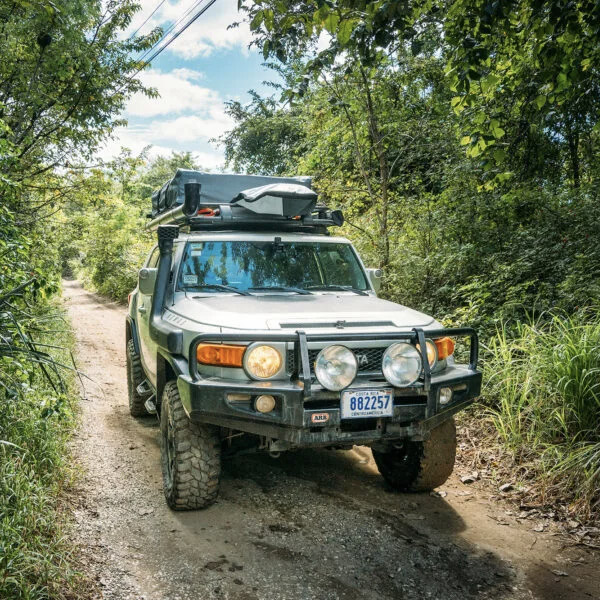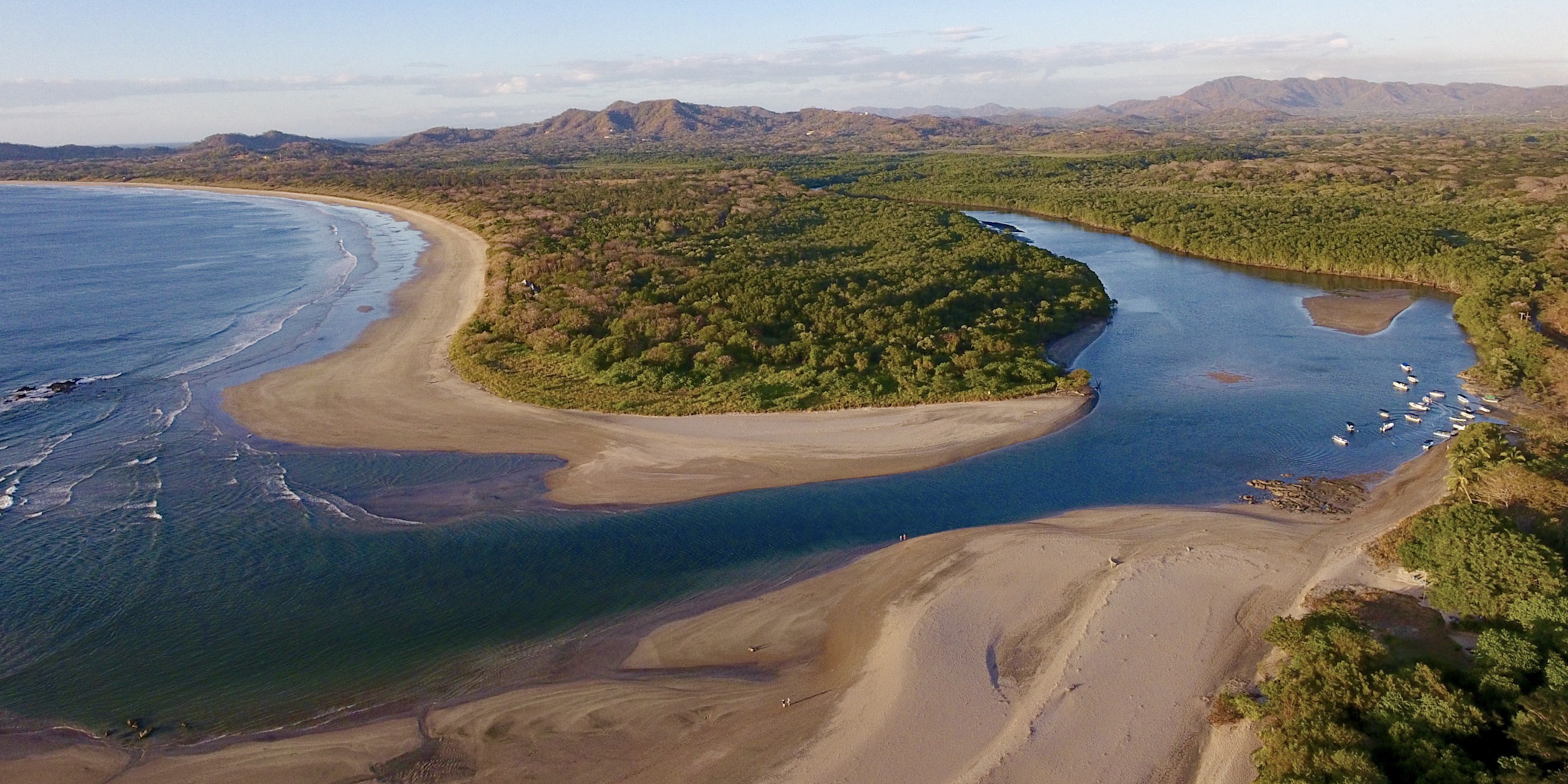
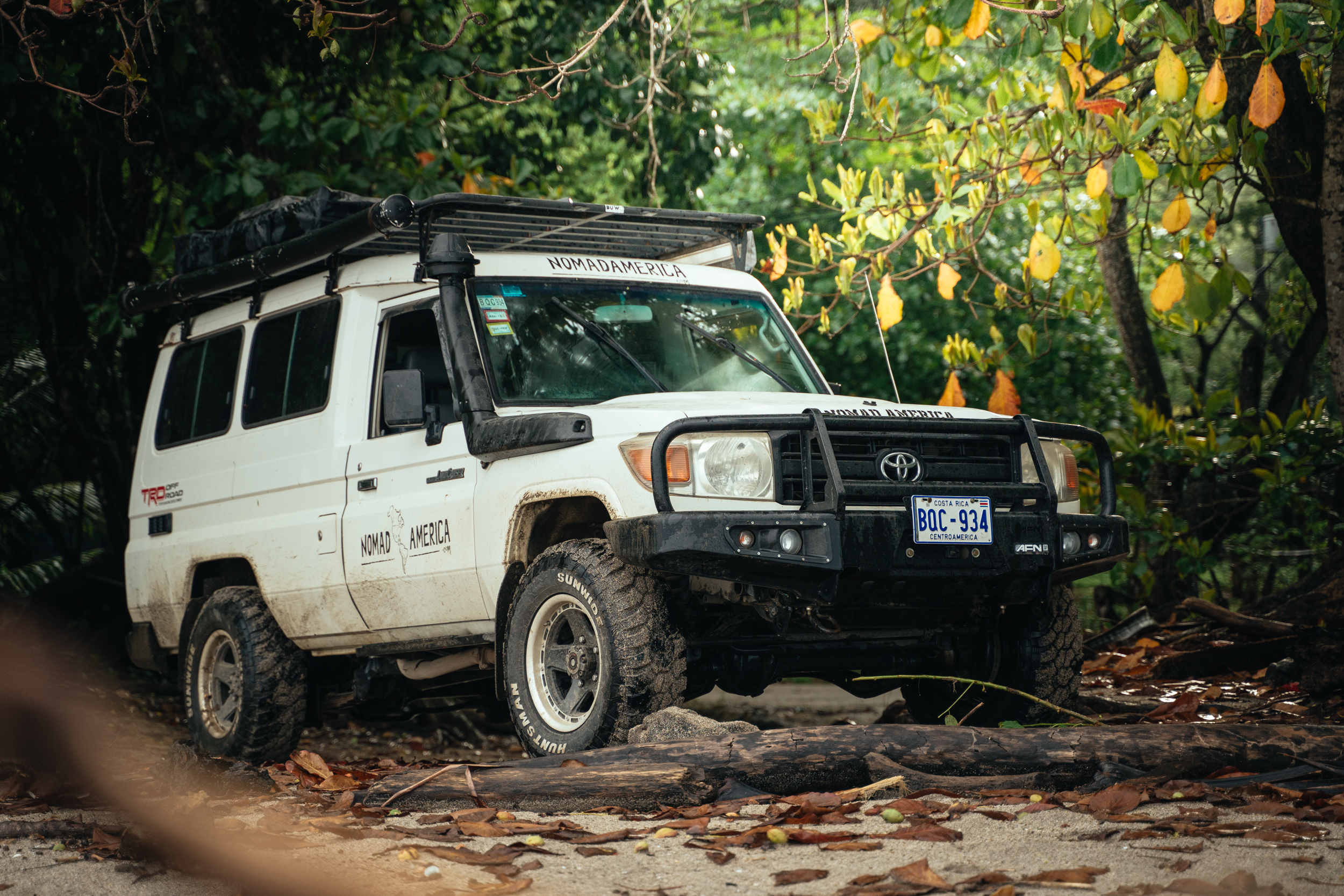
Driving in Costa Rica: Tips for renting a car in Tamarindo
If you’re planning a trip to Tamarindo, Costa Rica, and considering renting a car, you’re not alone. Driving gives you the freedom to explore this beautiful country at your own pace, uncovering hidden beaches, lush jungles, and charming towns. But before you hit the road, there are some essential things you should know. In this guide, we’ll cover everything from road conditions and safety to tips for renting a car and navigating Costa Rica like a pro.
How are the roads in Costa Rica?
Costa Rica’s road conditions vary greatly depending on where you’re driving. Main highways, like the Pan-American Highway, are generally in good condition and well-maintained. However, once you venture off the beaten path—which you’ll likely do if you’re exploring Tamarindo and its surroundings—you may encounter gravel roads, potholes, and unpaved routes.
In the dry season (December to April), even unpaved roads are relatively easy to navigate. However, during the rainy season (May to November), these roads can become muddy and challenging, especially in rural or mountainous areas. If your plans include off-road adventures, river crossings, or visiting remote destinations, be prepared for variable conditions.
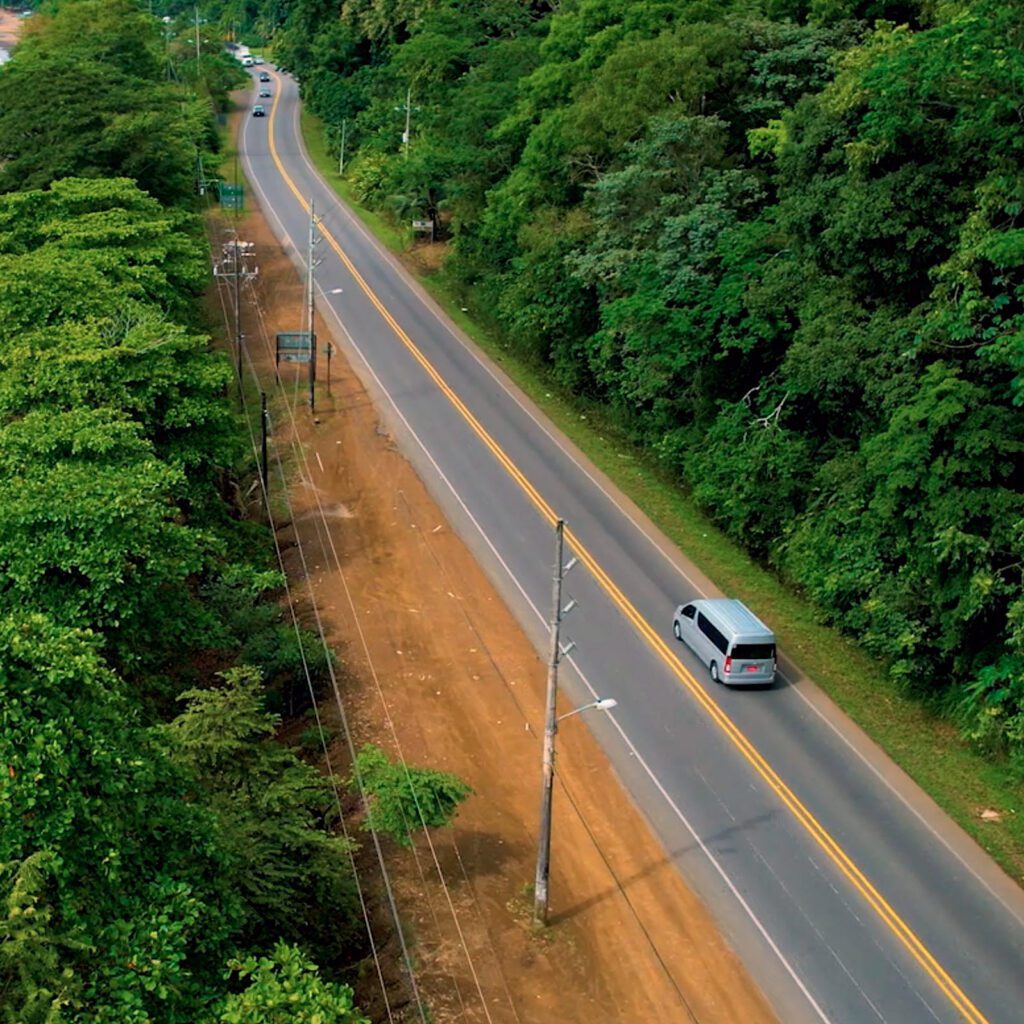
Is a 4×4 Car necessary in Costa Rica?
Whether or not you need a 4×4 vehicle depends on your itinerary. For Tamarindo and other popular tourist areas along the Pacific Coast, a standard car is usually sufficient, as these roads are typically paved or well-maintained. However, if you plan to explore rugged areas like Monteverde, Arenal, or remote beaches that require driving through rivers or steep terrain, a 4×4 is highly recommended.
Keep in mind that even if a 4×4 isn’t strictly necessary, having one can provide peace of mind and extra comfort, especially during the rainy season.

Is driving in Costa Rica safe?
Driving in Costa Rica is generally safe, but it’s essential to stay vigilant and prepared. Here are some safety tips:
Plan for the weather: Rain can make roads slippery, and fog is common in higher elevations.
Watch for pedestrians and cyclists: Many roads lack sidewalks, so you’ll often find people walking or cycling on the roadside.
Be cautious at night: Street lighting is limited in rural areas, making it harder to spot obstacles, animals, or people.
Drive defensively: Costa Rican drivers can be unpredictable, so stay alert and avoid aggressive maneuvers.

Traffic rules in Costa Rica
While Costa Rica follows standard international traffic rules, there are a few specific regulations and customs to keep in mind:
Speed Limits: Speed limits are posted in kilometers per hour (km/h). The general limit is 40 km/h in urban areas and 80-100 km/h on highways.
Seat Belts: Seat belts are mandatory for all passengers.
Driving Under the Influence: Costa Rica has strict DUI laws. The legal blood alcohol limit is 0.05%.
Cell Phone Use: Using a cell phone while driving is prohibited unless you’re using a hands-free device.
Right of Way: In most cases, vehicles already in a roundabout have the right of way.
Familiarize yourself with these rules to avoid fines and ensure a safe trip.
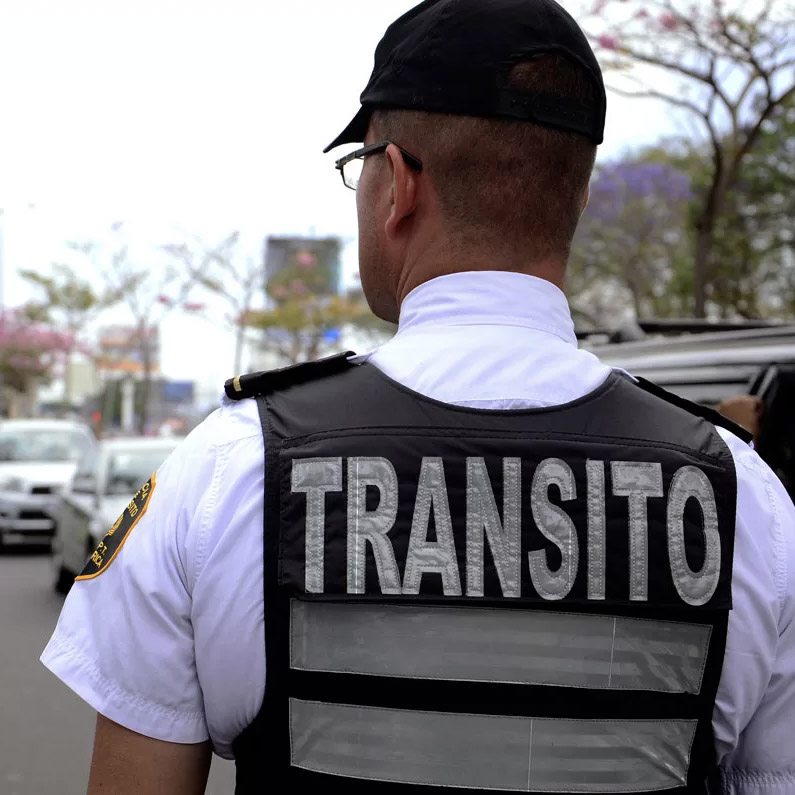
Extra info and tips for renting a car in Costa Rica
Here are some key tips to make your car rental experience seamless:
Insurance: Rental companies often require third-party liability insurance, so confirm what’s included in your booking.
Bring a Credit Card: Most rental companies require a credit card for the security deposit. Debit cards are not always accepted.
Use Navigation Apps: Waze and Google Maps are reliable tools for navigating Costa Rica. Download offline maps if you’re heading to areas with limited cell service.
Check Age Restrictions: The minimum age to rent a car is typically 21, but some companies may charge extra fees for drivers under 25.
Do You Need an International Driver’s License?: U.S. and Canadian driver’s licenses are generally accepted. An international driver’s license is not required unless your license is not in English or Spanish.
Inspect the Car: Before leaving the rental lot, check the vehicle for any pre-existing damage and ensure it’s documented.

What does it cost to rent a car in Costa Rica?
The cost of renting a car in Costa Rica varies depending on the type of vehicle, the rental company, and the time of year. Expect to pay anywhere from $30 to $70 per day for a standard car, while 4×4 vehicles can range from $50 to $100 per day or more.
For the best deals, consider booking through a reputable platform like Rentalcars. They offer a wide selection of vehicles and transparent pricing, making it easier to find an option that suits your budget.
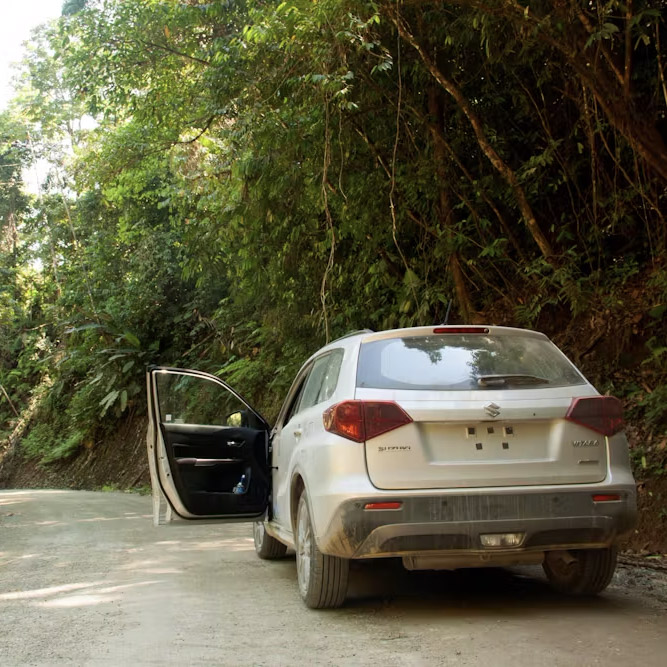
Additional tips for driving in Costa Rica
Fuel Up Regularly: Gas stations can be sparse in remote areas, so refuel whenever you get the chance.
Carry Cash: Some toll booths only accept cash, and small denominations are useful for parking fees or roadside assistance.
Be Prepared for Delays: Roadwork, wildlife, and even spontaneous parades can cause unexpected traffic.
Emergency Numbers: The emergency number in Costa Rica is 911. It’s also a good idea to save your car rental company’s contact info.

Conclusion
Driving in Costa Rica can be an incredible way to experience the country’s natural beauty and cultural richness. With a bit of preparation and the right vehicle, you’ll have the freedom to explore beyond the tourist hubs and create unforgettable memories. Whether you’re sticking to Tamarindo or embarking on a cross-country adventure, renting a car opens up a world of possibilities. Ready to hit the road? Check out Rentalcars to find your perfect ride!
